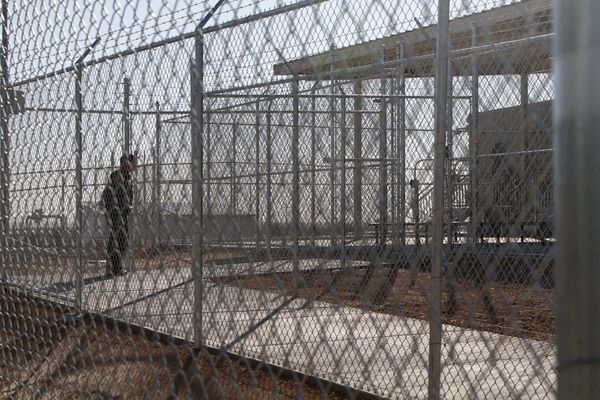
Even by Qantas’ standards, the hype around the company’s latest “upgrade” to its frequent flyer program was heady, with CEO Vanessa Hudson claiming it was one of “the biggest expansions we’ve made to the frequent flyer program in its 35-year history”.
Like everything that Australia’s dominant, too-big-to-fail airline does, there’s plenty of smoke and mirrors. Qantas continues to struggle to limit delays and cancellations, so the third leg of the program — which joins Classic Rewards and the much-derided Points Plus Play — appears to be some welcome good news, at least for customers with lots of points.
The new scheme has been in development for a year, according to insiders. So it’s not actually a Hudson initiative, although the airline is claiming its $120 million cost for the 2024-25 financial year — which will make an extra 20 million seats available to book with points — is part of Hudson’s $230 million initiative to improve customer experience.
The company’s pilots and regular staff, who have access to free seats if they are flying for work and deeply discounted seats for leisure travel, are not pleased. “It used to be easy to get an upgrade. It’s been much tougher in recent years and now looks like it will be impossible,” one mainline pilot said.
For now, the expanded program only applies to international travel, but it will be extended to domestic later in the year. For pilots on Qantas’ vast regional network, who only get an economy seat for work-related travel but are in line for upgrades, it’s yet another blow to one of their dwindling perks, especially while the company continues to limit pay rises.
“It’s just another way they can screw us,” one regional pilot said. “It’s bad news for employees, but not executives who have their business and first-class seats guaranteed,” one Qantas staffer agreed.
Announcements such as this are a time-honoured way of distracting the market — and the media — from what’s actually happening inside the business, with Hudson continuing to run into engine trouble. Qantas’ newest aircraft, the single-aisle A220s that are replacing its ageing fleet of B717s (average age 21.7 years) — which received the full public relations treatment at the company’s six-month results announcement in February — are already having problems.
The A220s come armed with so called next-generation engines made by Pratt & Whitney that are causing trouble for airlines around the globe. These have already hit Qantas, engineers said. Airbus A320NEO, also on order by Qantas, uses the same type of engine. Qantas is also struggling to find pilots to fly the A220s for its QantasLink regional brand and has offered more pay in a side letter to its enterprise bargaining agreements, pilots told Crikey.
Still, insiders say that the new scheme addresses the biggest single gripe of Qantas’ regular customers: that there are never enough rewards seats available under the Classic scheme, or that they are too expensive under Points Plus Pay. It is also designed to mollify customers who are sick of being pushed to spend their points on other products, like wine and toasters, when they just want a cheap seat or upgrade.
The basic maths looks clear. Qantas has 15 million people enlisted in its frequent flyer program and has only offered 5 million seats under its Classic Rewards program each year. So only one in three customers can claim one of these good-value seats. At the other end, Points Plus Pay, where members can use cash to top up points, was seen as too expensive, with available seats soaring to between 1 million and 2 million points for long-haul business class travel.
The latest scheme lands in the middle, costing more points only than Classic rewards, particularly during peak seasons. It is aimed squarely at high-value customers who fly very regularly, often on the corporate dime, and those who spend big on Qantas branded credit cards, which come with higher interest to cover the points. The best value remains in upgrades to premium cabins.
But the revised program has turned the maths on its head. Hudson is offering 20 million new seats, on top of an existing 5 million preserved for Classic Rewards. The problem is that last year Qantas carried 45 million customers. Assuming a load factor of 80%, then there are only about 11 million empty seats. Analysts quoted in The Australian say this means that Qantas needs to make the rest so expensive they aren’t taken up or it will hit profits.
Crucially, the new scheme does not apply to Jetstar or Qantas partners, including Emirates, which operates Qantas “virtual” European, Middle Eastern and African networks (two daily London flights and South Africa being the only exceptions). This largely cuts out major holiday destinations like Bali, Thailand, Vietnam and New Zealand where Jetstar flies the bulk of the Qantas group’s routes.
And when it’s extended to domestic flights again, major holiday routes such as the Gold Coast, Tasmania and Cairns are largely serviced by Jetstar flights, something that is sure to rub families looking to parlay points into cheaper holidays the wrong way.
Ultimately, all the points schemes in the world won’t win over customers if Qantas continues to struggle with its core business: getting customers to their destinations in well-kept planes, on schedule.







